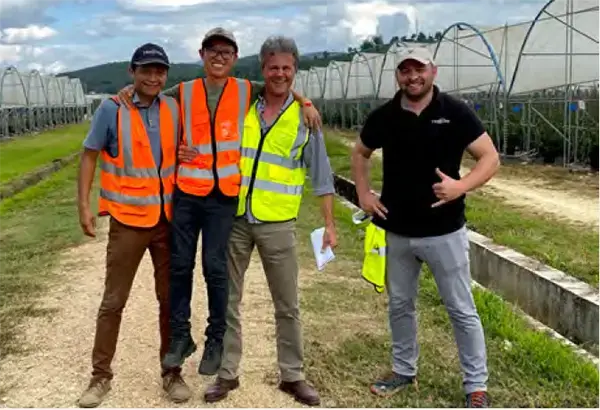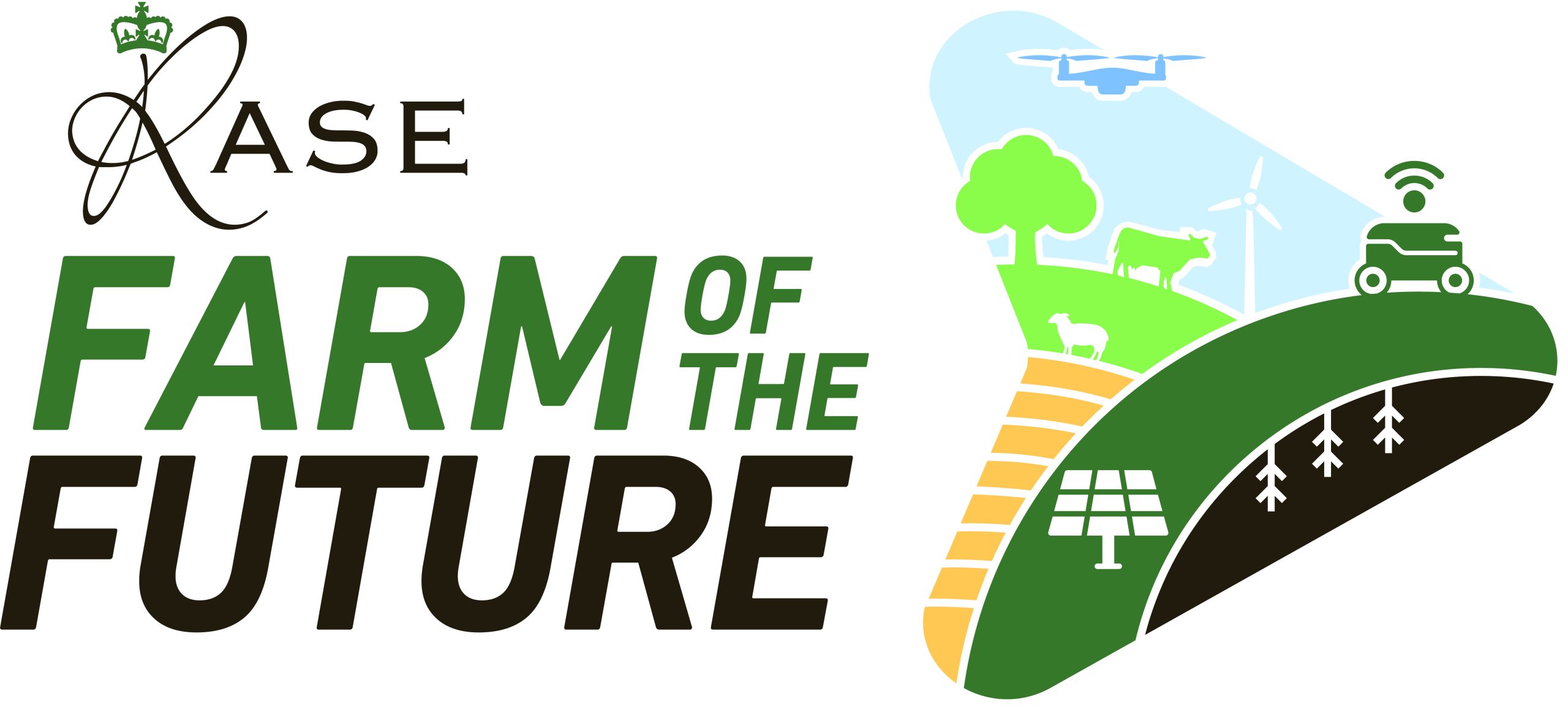by Matthew Appleby, Editor Horticulture Week
Farmers and growers in horticulture production are facing increasing pressure from consumers, regulators and retailers to meet sustainability targets. At the same time, they will also have to respond to decarbonisation demands from the investors in the businesses that process and manufacture their products.
- There needs to be increased focus within the horticulture sector both on delivering produce that meets diet changes of consumers and on cutting carbon emissions, with systems being deployed to avoid product waste, reduce the use of unnecessary plastics and boost production efficiency. This should encompass sustainability targets to be included in favourable loan syndication agreements.
- The most greenhouse gas intensive elements of the UK fruit and vegetable supply chain are glasshouse heating, transport and refrigeration. Hence, food produced, but not consumed, represents unwanted production, processing and distribution emissions.
- The field and protected horticulture sectors encompass a diverse range of systems, products and processing operations from field horticulture, through to intensive production under glass and innovative systems such as ‘vertical’ or indoor farming operations. Boosting local production of higher value produce has to be a priority with the transition to a more plant-based diet.
- Transition leaders in the sector will tend to be the leading commercial farmers (mainly those in the top 25% of UK growers that produce 75% of the output) but efforts to increase local production should be focused on horticultural crops and products that deliver the most environmental gain.
- Growers across the horticultural sector need confidence in systems used to measure emissions and secure value from in-soil carbon capture. Greater assurance can be provided by more transparent, standardized systems, with commercial incentives to curb emissions and benchmark performance.
- Support for emissions reduction by growers ought to be combined with better engagement from regulators and planners, to avoid thwarting efforts to decarbonise existing production systems.
- For smaller farm and horticultural businesses, the scope for R&D investment is limited and it would help them to have access to an industry body able to fund research, plus delivery of best practice and innovative solutions.
The horticulture sector encompasses a wide range of fresh and preserved products and varied production systems from field horticulture, through to intensive production under plastic and glass and with more innovative, alternative systems such as ‘vertical farming’.
Horticultural emissions
While UK farming contributes around 10% per cent of the UK’s greenhouse gas emissions, one quarter are accounted for by production of fruit and vegetables. Growers need to find ways to maintain or increase output with fewer inputs and to adopt smarter methods of production.
The increased focus on diet and food choice impact on public health brings new opportunities for local production of crops like chickpeas or lentils, to exploit new demand for home grown produce and reduce seasonality impacts.
Better resource use in a more circular economy will help avoid product wastage and curtail emissions, as will reducing the use of single use plastics.
The most greenhouse gas intensive elements of the UK fruit and vegetable production and supply chain are in the glasshouse or protected cropping sectors. Product processing, transport and refrigeration are also key contributors and need urgent attention. The least greenhouse gas intensive fruit and vegetables are seasonal field-grown UK produce – cultivated without external heating or protection. Imported produce, produced without heat or protection and not air-freighted, can have modest greenhouse gas intensity.
Circa 19% of farm emissions are from heating buildings, including glasshouses. Improving heating, ventilation and cooling systems will reduce emissions as will capturing and re-using waste heat. Many growers have already invested in bioenergy generation systems to replace fossil fuels.
Horticulture decarbonisation options
Decarbonising heating and cooling by installing heat pumps is also an option. Biomass boilers are more evident on nurseries, but as the Renewable Heat Incentive (RHI) is no longer available, investment in bioenergy systems by farmers and growers has slowed down.
With increased interest in regenerative farming and ‘minimum till’ systems being applied to arable cropping, it should be noted that such methods can be less suited to production of field vegetables and therefore require the development of different precision farming techniques.
The horticulture sector in particular requires investment in novel systems to improve production and processing efficiency, capture and utilise data, and encourage precision farming systems. This also includes more innovative systems such as ‘vertical farming’ that can base production closer to markets.
The rapid deployment of robotics and artificial intelligence (AI) will help growers to optimise the management and use of resources including water, fertilisers, chemicals and fuel. More targeted actions and crop treatments are required.
A particularly exciting prospect for the sector is the ability to generate data and maps which highlight nutrient deficiencies, disease infections and pest and weed infestations.
Incentive payments for carbon farming will encourage mixed farming methods such as introduction of grazing animals to cropland aimed at improving nutrient cycling and increasing return of organic matter to the soils, while improving soil fungal and bacterial communities. Advances in tilling technology, drainage and irrigation monitoring and control, and a reduction in use of fertilisers and pesticides all have a contribution to make in reducing emissions and improving crop growing environments.
The on-farm generation of electricity and installation of farm-scale AD plants to produce energy from bio-residues would benefit from a new incentive regime to encourage on-farm investment in renewable energy systems. In addition, UK loan provision should mirror the example of Rabobank in Holland where meeting sustainability key performance indicators can reduce finance costs.
Investing in higher-tech, low-carbon greenhouses that enable better control of energy emissions will boost productivity, using fewer inputs and resulting in less environmental damage. Increased funding support for this sector of food production will help encourage investment in technology innovation by growers. Further investment in research and development is a co-requisite.
Case study
Haygrove Ltd

Angus Davison and family from Hargrove
Angus Davison, Eccentric Chairman of Haygrove, a leading international producer of soft fruit and berries and supplier of growing systems – believes private business can address the climate crisis in time as it can take decisions immediately, and that horticulture can genuinely be a leading industry in the change required.
“Haygrove’s journey is based upon a fundamental belief that the action required is not complex. There’s a solution staring at us. We should just change the metrics by which we measure and target business, and reward its managers, to a triple bottom line of planet, people and profit. The definition of success should bealigned to our needs, which are not just money.
We couldn’t find a carbon counting software tool specialized enough for horticulture, so designed our own ‘Hortiplanet’. For a monthly carbon report by team and divisions, you must input waste, fertiliser and other criteria. It produces a simple environmental bottom line ‘dashboard. We are sharing it as a non-profit enterprisewith other growers here and abroad.
Waste is a bit of a conundrum. We are responsible for selling a lot of plastic around the world …. we’re working to resolve a containerised recycling process for our customers without in-country options – a ‘must do’!
Water is everything! We sell expensive water given that it is 90% of a berry! Thankfully our tunnels are very effective gatherers of today’s sudden downpours, if the farm is linked to a reservoir. More and more growers in dry places are installing gutters to capture every drop.”
Haygrove is focused on ‘triple bottom line’ performance based on ‘planet, people and profit’ which is gradually becoming embedded into the group.
